
OR
Editorial
Mitigating the risk of monsoon-induced disasters
Published On: June 13, 2023 07:40 AM NPT By: Republica | @RepublicaNepal
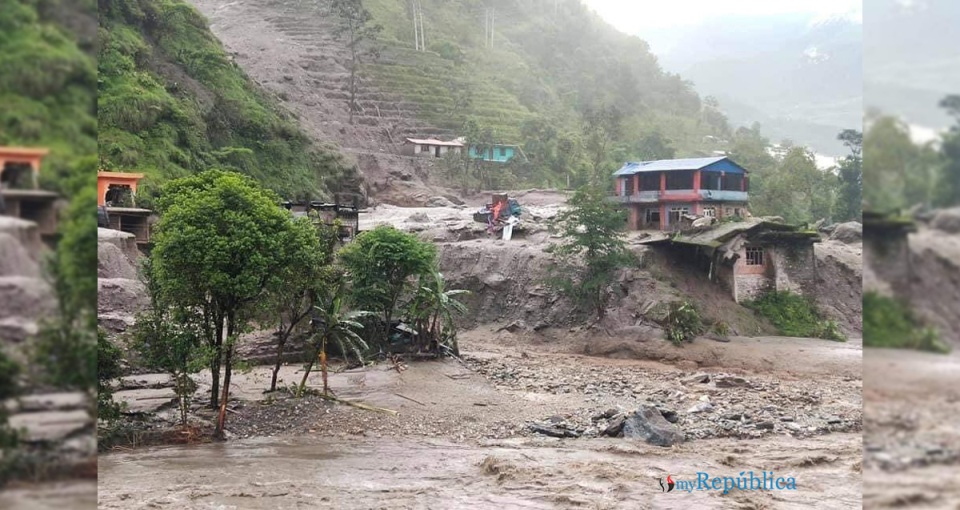
With the monsoon season fast approaching, Nepal braces itself for another year of potential disasters induced by monsoon rainfall. A recent study conducted by the National Disaster Risk Reduction and Management Authority (NDRRMA) has projected that over 1.25 million citizens across various provinces will be affected by the monsoon this year. These alarming statistics demand immediate attention and action from the government to minimize the potential risks and protect the lives and property of its people. It is encouraging to note that Deputy Prime Minister and Home Minister Narayan Kaji Shrestha has already directed authorities concerned to enhance disaster management efforts. The NDRRMA has approved an action plan, which includes risk analysis, impact assessment, and the involvement of various ministries, sectors, and non-governmental organizations in disaster management. Furthermore, the installation of smart sirens in strategic locations, procurement of emergency rescue vehicles and ambulances, and the efforts to manage volunteers demonstrate a proactive approach towards disaster preparedness.
The Department of Hydrology and Meteorology (DHM) has forecast lower than average rainfall during the monsoon this year. However, it is important to note that the lower-than-average rainfall does not eliminate the risk of disasters. In fact, it can exacerbate the situation by leading to higher temperatures and potentially increasing the likelihood of certain types of extreme weather events. DHM Director General Kamal Ram Joshi has rightly emphasized the need for rapid preparation and urged authorities to interpret the forecast cautiously. Nepal's geography makes the country highly prone to landslides and floods during the monsoon season. Every year, thousands of people are displaced, losing their homes and livelihoods as a result. Given this vulnerability, it is imperative for the government to mobilize rescue teams in advance and ensure their readiness to respond promptly in case of any emergency. Moreover, central, provincial, and local governments must formulate contingency plans to swiftly dispatch essential supplies to people in the affected areas.
While the efforts of federal and provincial governments are crucial, local-level governments must play an active role in disaster management. They need to allocate resources specifically dedicated to dealing with the impact of monsoon-induced disasters. Identifying and relocating vulnerable populations to safe locations, developing trained manpower, and arranging necessary resources should be prioritized at the local level. By doing so, they can significantly contribute to reducing the devastation caused by such disasters. As the monsoon season approaches, effective coordination among all three tiers of government becomes paramount. The central, provincial, and local governments must work together seamlessly to provide a better response to those affected by monsoon-induced disasters. By sharing information, resources, and expertise, they can enhance their ability to mitigate the risks and ensure the safety and well-being of the citizens.
The projected number of individuals likely to be affected by monsoon-induced disasters in Nepal this monsoon is staggering. It is an urgent wake-up call for the government to take immediate action. Strengthening disaster management efforts, enhancing preparedness, and improving coordination among different levels of government are essential to minimize the potential risks and protect the lives and livelihoods of the people. As the monsoon season approaches, it is crucial that the government takes these recommendations seriously and acts swiftly to safeguard its people from the destructive forces of nature.
You May Like This

Framework of post-quake reconstruction will be decided after study: NDRRMA
KATHMANDU, Jan 20: The National Disaster Risk Reduction and Management Authority (NDRRMA) has said that the framework for reconstruction in... Read More...

Five monsoon essentials to keep your bag organized and be prepared for the unknown situation
The monsoons are finally here and the bounteous rains are being welcomed with open hearts. It means that there is lots of... Read More...
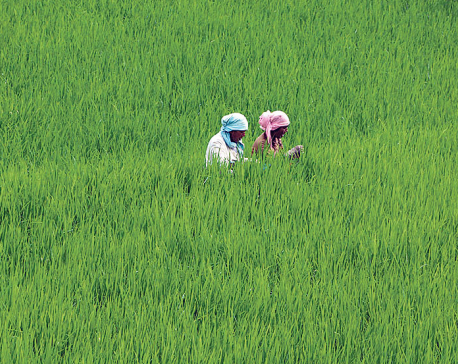
Paddy transplanted in 98% of rice fields, production boost still doubted due to fertilizer shortage
KATHMANDU, Aug 14: Nepal has its paddy transplantation completed in 98% of the land allotted for rice production this monsoon,... Read More...


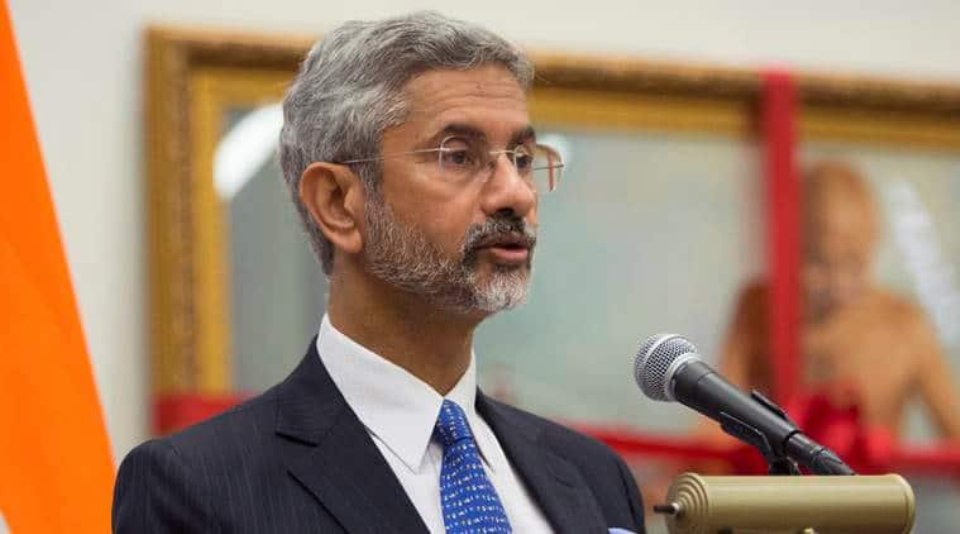

Just In
- Kathmandu's air quality slightly improves but still unhealthy
- Newari, Tamang to be used as official languages in Bagmati Province
- KMC's skill fair gets 10,000 plus applications for vocational training
- NEPSE plunges 24.58 points, daily turnover falls to Rs 3.79 billion
- Shree Airlines to expand services, offering twice daily Kathmandu-Surkhet flights
- Shift in Nepal’s healthcare trend: 58 percent of women in dentistry
- JSP splits, seven lawmakers to register new party
- As Putin begins another 6-year term, he is entering a new era of extraordinary power in Russia



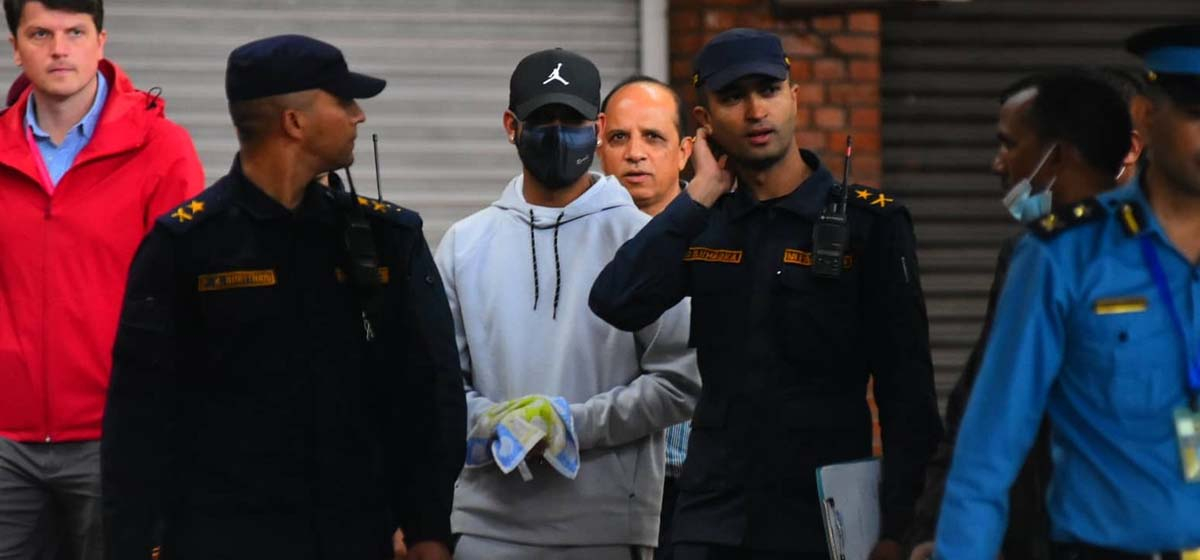
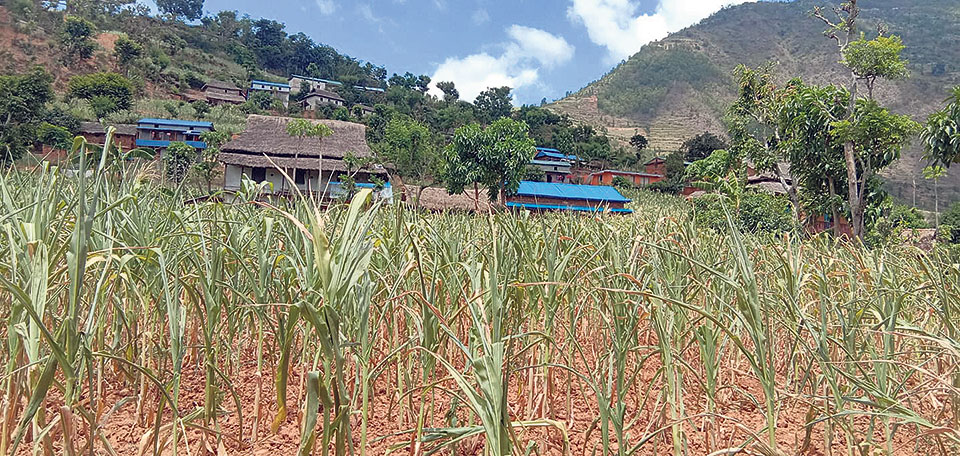
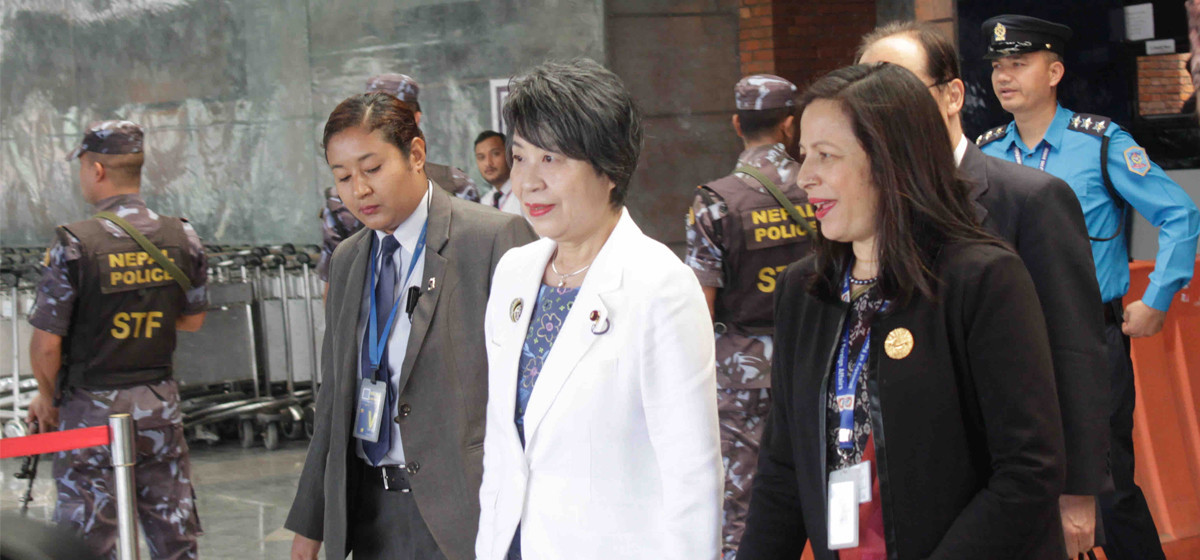

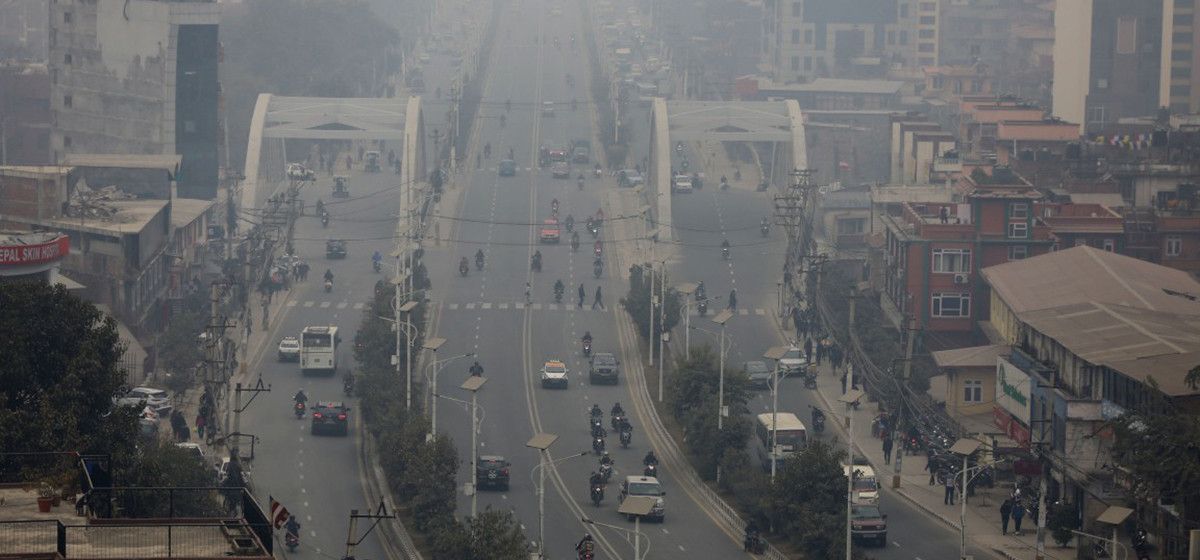

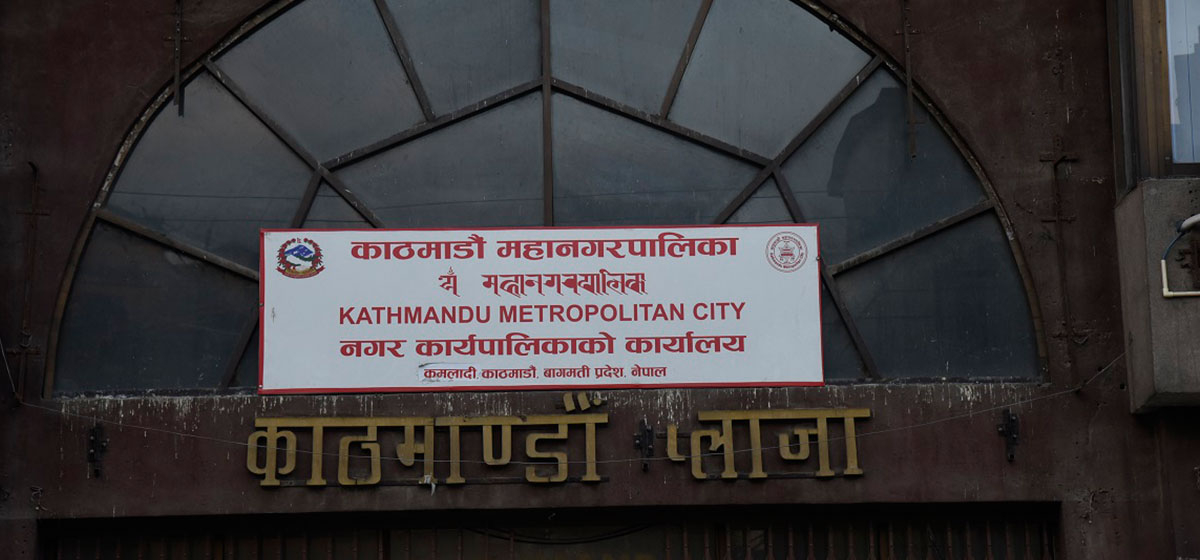



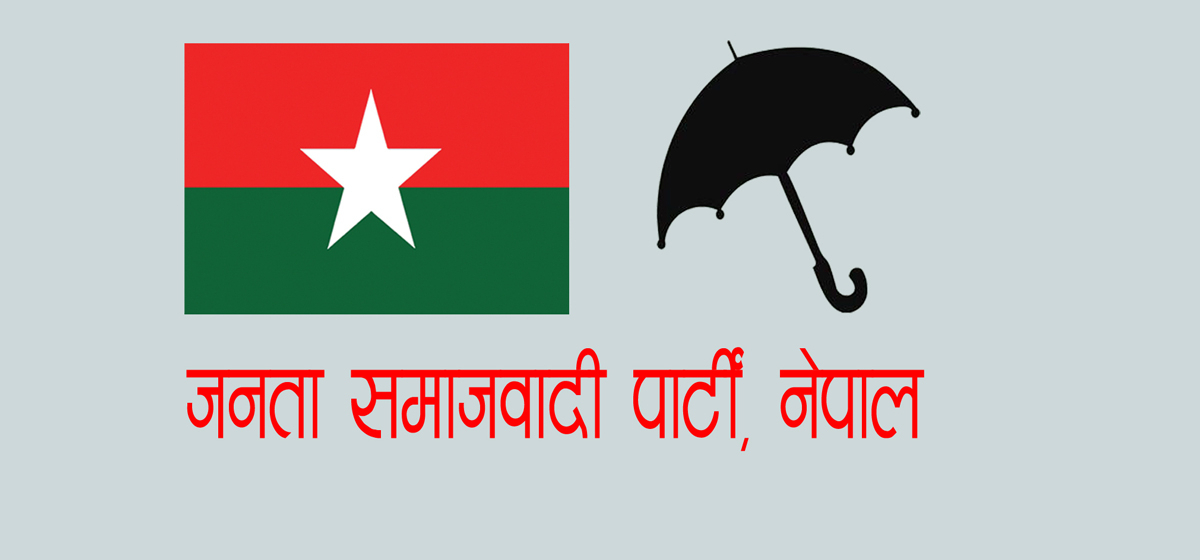

Leave A Comment